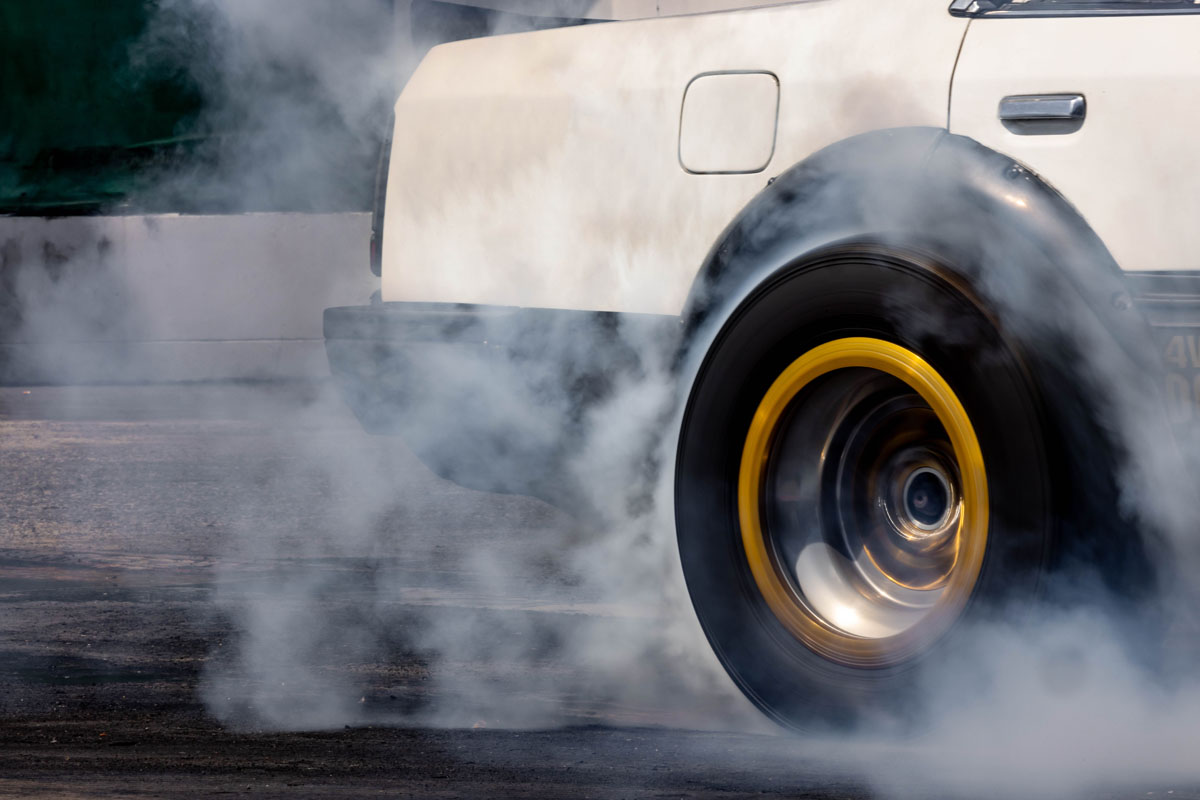Torque converters are sealed components; their insides rarely see daylight, and if they do, they’re still hard to understand!
Picture having 2 fans facing one another. Turn one on, and it is going to blow air over the other fan’s blades, making it spin. However, if you stop the second fan, the first fan is going to remain spinning.
That’s how torque converters work. One “fan,” known as an impeller, is attached to the motor (along with the front cover, it forms the exterior shell of the converter). The other one, the turbine, is attached to the transmission input shaft. If the transmission is not in park or neutral, any spinning of the turbine is going to cause the vehicle to move.
Instead of utilizing air, the torque converter utilizes a liquid medium, in which should not be compressed – oil, also referred to as transmission fluid. Automatic transmission vehicles use a torque converter. This post is going to go over why automatic transmission vehicles need a torque converter and how a torque converter works.
Torque converters in automatic transmission vehicles serve the same objective as the clutch in a manual transmission.
Torque Converters
The engine is required to be attached to the rear wheels, via driveline, so the vehicle will move, and unconnected so the engine can stay running when the vehicle is no longer moving. One way to accomplish this is to utilize a device that mechanically connects and disconnects the engine and the transmission – a clutch. One other way is to utilize some sort of fluid coupling, like a torque converter, which is situated between the engine and the transmission.
There are 3 parts inside the very durable shell of the torque converter which work in unison to transfer power to the transmission:
- Turbine
- Pump
- Stator
The pump inside the torque converter is a kind of centrifugal pump. When spinning, fluid is propelled to the outside, similar to the spin cycle of a washing machine propelling water and clothes to the outside of the laundry tub. As fluid is propelled to the outside, a vacuum is produced that draws more fluid in at the middle.
The fluid then comes into the blades of the turbine, which are attached to the transmission (the spline in the center is where it attaches to your transmission.) The turbine makes the transmission rotate, which basically moves your vehicle. The blades of the turbine are arched so that the fluid, which comes into the turbine from the exterior, must change direction prior to it exiting the center of the turbine. It is this leading change that makes the turbine rotate.
As the turbine makes the fluid change direction, the fluid causes the turbine to rotate.
The fluid departs the turbine in the middle, moving in a different direction in which it entered. The fluid departs the turbine going opposite the way that the pump (and motor) is rotating. If the fluid were enabled to hit the pump, it would slow down the engine, wasting power. This is why torque converters have a stator.
The stator is situated in the very middle of the torque converter. Its duty is to divert the fluid coming back from the turbine prior to it hitting the pump once more. This drastically increases the effectiveness of the torque converter.
In Conclusion
In a nutshell, the torque converter is a kind of fluid coupling, which enables the motor to rotate somewhat separately from the transmission. It is accountable for pressurizing automatic transmission fluid, a pressurization that provides the force required to shift transmission gears.
A worn or defective torque converter can stop transmission fluid from being correctly pressurized, that in turn negatively affects transmission gear operation and functionality. A structured checkup by a repair shop is the best way to determine the cause of the operating issues and suggest the most effective solution.
When properly tuned, this intricate device can have a significant impact on your vehicle’s performance, fuel economy and longevity, and make your automatic a powerhouse!
Replacement Torque Converters
If you have a car, truck, or suv that has a broken torque converter we can replace it. We can help you choose the best fit and stall speed for your make, model, and year of vehicle. We replace more than worn out or broken torque converters, we also offer high performance torque converters for racing and towing. If you’d like to tow better, get bigger horsepower, or even better miles per gallon, we have the right solution for you. Get in touch with us by calling toll free at 800-994-2301 or contact us by using our contact form







